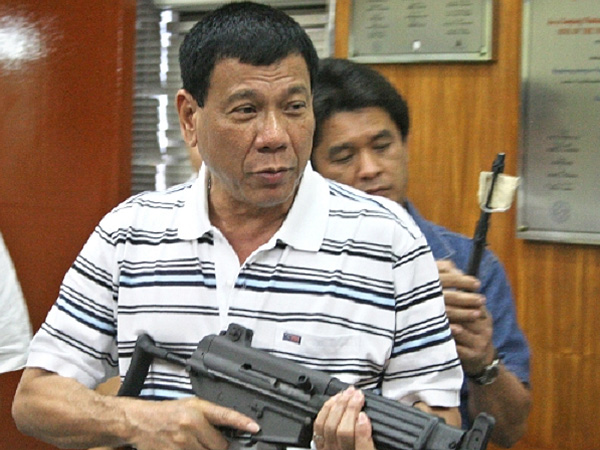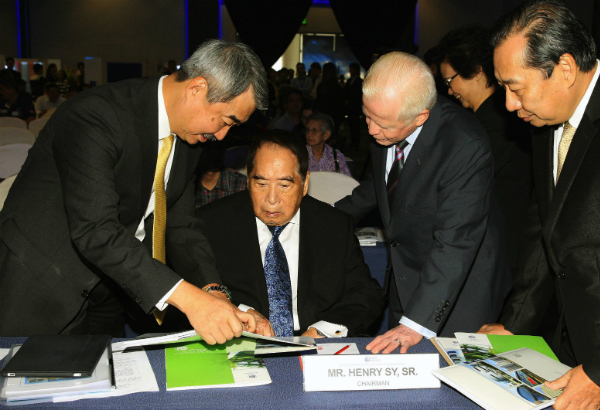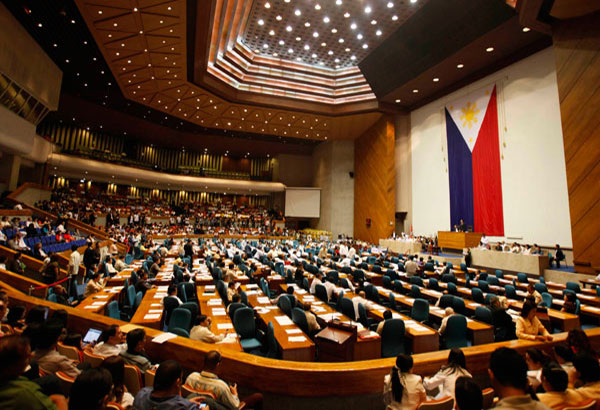
China Map of National Shame, The New Chinese Map authorized by China's Ministry of Interior for Elementary School. image source: The Guardian
Philippines Senator files bill to ban mineral ore exports
(Reuters) - A Philippine senator has filed a bill urging a halt to exports of unprocessed mineral ores, similar to a ban introduced by Indonesia that led to a sharp spike in nickel prices and cut exports of other ores.
The Philippines, which has vast but largely untapped mineral resources, has been looking at ways to raise the contribution of mining to its economy.
The bill, filed in late August by Senator Paolo Benigno Aquino, a first cousin of President Benigno Aquino, would require domestic processing of all minerals extracted in the country prior to export if passed into law.
This may require nickel miners, for example, to build more smelters to process the ore before shipment. Some ores are shipped directly to China and Japan for processing.
The Philippines currently has two processing plants for nickel both owned by the country's top producer Nickel Asia Corp , two for gold, and one for copper, according to the Mines and Geosciences Bureau.
Paolo Benigno Aquino is one of 24 members of the upper house Senate, which is dominated by allies of the president.
"This measure seeks to generate more domestic income, attract more investments, and lead to more jobs and livelihood for the Filipino people," the bill said in its explanatory note.
Mining contributed less than 1 percent of the Philippines' gross domestic product from 2003 to 2012, the note said.
The proposed legislation comes at a time when the local mining industry faces an uncertain future as the government aims for new tax legislation to boost its share of mining revenues.
Conflicting regulations, such as whether or not to ban open-pit mining, and a strong anti-mining lobby led by the leadership of the local Roman Catholic Church have also deterred investment and hampered projects, such as Glencore Plc's $5.9 billion Tampakan copper-gold mine in southern Philippines.
A similar bill was filed in July in the House of Representatives by Congressman Erlpe John Amante, a copy of which was seen by Reuters.
Mines and Geosciences Bureau head Leo Jasareno told Reuters the state agency had not been consulted prior to the filing of the Senate bill, but was conducting its own study on measures to add value to the country's mineral output.
Asked if the bureau would recommend that the government support the bill, Jasareno told Reuters: "We can't say until we have seen the results of the study."
Jasareno said the study was being done after an executive order issued by President Aquino in 2012 calling for a roadmap for the development of value-adding activities and downstream industries for metallic ores.
The office of Senator Aquino said the bill was filed without any consultation with the government. The Senator hoped state agencies will support the measure once it is discussed by the Senate environment committee.
The timing of any potential ban on exports was unclear.
The Senate bill proposes six- to 12-year imprisonment plus a fine equivalent to twice the value of seized mineral ores for those found guilty of exporting mineral ores. The existing law does not have limits on mineral ore exports.
The bill also seeks to amend certain provisions in the Philippine Mining Act of 1995, which allow 100 percent foreign ownership of mining.

This stockpile of iron ore pellets will be used in steel production, Image: Wikimedia
London nickel perks up as Philippine Senator eyes ore export ban
London nickel firmed on Wednesday, bucking the trend in a largely flat metals market, after a Philippine senator filed a bill urging a halt to exports of unprocessed mineral ores.
The proposed halt is similar to a ban introduced by Indonesia that led to a sharp spike in nickel prices and cut other ore exports from January. The ban in Indonesia has led stainless steel makers in China and in Japan to source more ore from the Philippines.
The move raised the spectre of further supply squeezes in a nickel market that most analysts expect to see in deficit next year, although there was little sense of whether the bill would find popular support, or any timescale on whether exports could be banned, if the bill was even signed into law.
"If we saw an export ban come into effect in the Philippines, and depending on the extent to which there is compliance, that would be bullish nickel," said analyst Lachlan Shaw of Commonwealth Bank of Australia in Melbourne.
"But one thing the market loses sight of, is that in three to four years time, there will be a very significant amount of nickel coming out of Indonesia. The nickel units will find their way into the world market, but in a different form," he added.
LME nickel traded up 0.7 percent at $18,670 a tonne. Prices, which are up by one third year to date, have traded in a mostly $18400-$20,000 band since May.
Among other metals, LME copper drifted on Wednesday in low volume trade, with expectations of fresh supply weighing on prices and dampening investor interest.
Newmont Mining Corp has reached a tentative agreement with the Indonesian government on contract renegotiations, the CEO of the firm's local unit said, as both sides moved closer to ending an eight-month tax dispute that halted copper exports.
"Certainly if Grasberg and Batu Hijau came back, that introduces 500,000-600,000 tonnes on an annualised basis into the market - it's certainly enough to weigh on prices," Shaw added.
LME copper slipped by 0.3 percent to $6,947.50 a tonne by 0748 GMT, after logging a small gain in the previous session. Prices have struggled to gain headway since a one-week low at $6913.25 last week.
Expectations for further policy action at the European Central Bank's meeting on Thursday were underpinning metals after ECB President Mario Draghi pledged to use all available tools to keep prices in check.
Looser policy in Europe would cheapen liquidity for industry and investors who may raise their holdings of hard assets given they tend to hold their value when paper currency depreciates.
LME aluminium hovered near its most expensive since February 2013 above $2,100 a tonne, while LME zinc was slightly down from a four-week top of $2391.25 struck the prior session.
A partial closure of capacity at an aluminium smelter in China helped to drive up domestic prices of the metal by as much as 4 percent this week, as investors scramble to compensate for an expected shortfall in supply.
In economic news, activity in China's services sector rebounded in August after a drop in July, two surveys showed on Wednesday, offseting factory-sector weakness and letting the government stick with its "targeted" policy stance to keep growth on track.
And brighter news continues from the United States where manufacturing activity hit a nearly 3-1/2-year high last month and construction spending rebounded strongly in July, signs the economy entered the third quarter on a strong footing.
PRICES
Three month LME copper
Most active ShFE copper
Three month LME aluminium
Most active ShFE aluminium
Three month LME zinc
Most active ShFE zinc
Three month LME lead
Most active ShFE lead
Three month LME nickel
Three month LME tin
Iron Ore Properties and Uses
Iron constitutes about five per cent of the Earth's crust and is the fourth most abundant element in the crust. Iron ores are rocks from which metallic iron can be economically extracted. The principal iron ores are hematite (Fe2O3) and magnetite (Fe3O4).
Almost all iron ore is used in blast furnaces to make pig iron which is the main material in steelmaking. Small amounts of iron ore is used also in other applications such as coal wash plants and cement manufacturing. Iron can be alloyed with a variety of elements to produce stronger and harder products which are useful in the construction industry and in the manufacture of motor vehicles, ships, trucks, pipelines, trains and railway tracks. Iron is the most used metal accounting for about 95 per cent of the total metal tonnages produced worldwide.
Nickel is among the most important element together with titanium use by china for their warfare armament developments.
Timeline for China's planned invasion in Asia from 2020 - 2060 (leaked from Guardian)
A PLA inspired article last year lists the six inevitable wars in a chronological order as follows:
(i) To unify Taiwan (2020-2025) - China Planned to Attacked and take over Taiwan Government by 2020
(ii) To fully invade islands of the West Philippine Sea *South China Sea) (2025-2030)
(iii) To invade and take over Southern Tibet-India’s Arunanchal Pradesh (2035-2040)
(iv) To take over Diaoyutai/Senkaku and Ryukyus of Japan (2045-2050)
(v) Unify outer Mongolia (2045-2050)
(vi) Recover territory seized by Russia (2055-2060).
Sources: Reuters , Mail Online Wires, Australian Govt Geosciences, RFABP, and the Guardian

































